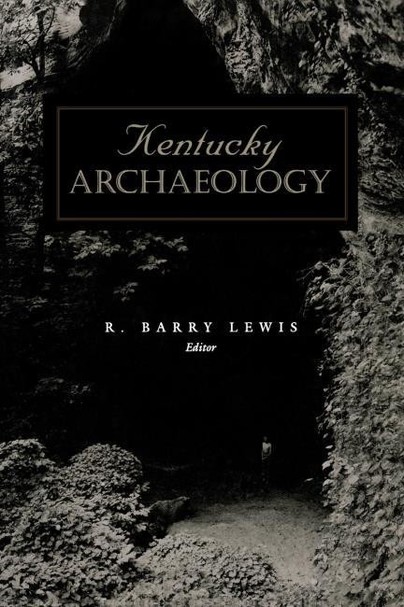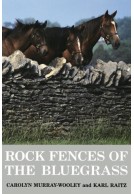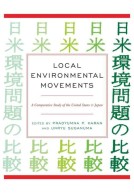Google Books previews are unavailable because you have chosen to turn off third party cookies for enhanced content. Visit our cookies page to review your cookie settings.
Kentucky Archaeology (Hardback)
Imprint: University Press of Kentucky
Series: Perspectives on Kentucky's Past: Architecture, Archaeology, and Landscape
Pages: 312
Illustrations: illus
ISBN: 9780813119076
Published: 30th May 1996
Script Academic & Professional
Series: Perspectives on Kentucky's Past: Architecture, Archaeology, and Landscape
Pages: 312
Illustrations: illus
ISBN: 9780813119076
Published: 30th May 1996
Script Academic & Professional
This book will be reprinted and your order will be released in due course.
You'll be £36.00 closer to your next £10.00 credit when you purchase Kentucky Archaeology. What's this?
+£4.99 UK Delivery or free UK delivery if order is over £40
(click here for international delivery rates)
Need a currency converter? Check XE.com for live rates
(click here for international delivery rates)
Need a currency converter? Check XE.com for live rates
Kentucky's rich archaeological heritage spans thousands of years, and the Commonwealth remains fertile ground for study of the people who inhabited the midcontinent before, during, and after European settlement. This long-awaited volume brings together the most recent research on Kentucky's prehistory and early history, presenting both an accurate descriptive and an authoritative interpretation of Kentucky's past.
The book is arranged chronologically -- from the Ice Age to modern times, when issues of preservation and conservation have overtaken questions of identification and classification. For each time slice of Kentucky's past, the contributors describe typical communities and settlement patterns, major changes from previous cultural periods, the nature of the economy and subsistence, artifacts, the general health and characteristics of the people, and regional cultural differences.
Sites discussed include the Green River shell mounds, the Central Kentucky Adena mounds and enclosures, Eastern Kentucky rockshelters, the important Wickliffe site at the confluence of the Mississippi and Ohio rivers, Fort Ancient culture villages, and the fortified towns of the Mississippian period in Western Kentucky.
The authors draw from a wealth of unpublished material and offer the detailed insights and perspectives of specialists who have focused much of their professional careers on the scientific investigation of Kentucky's prehistory. The book's many graphic elements -- maps, artifact drawings, photographs, and village plans -- combined with a straightforward and readable text, provide a format that will appeal to the general reader as well as to students and specialists in other fields who wish to learn more about Kentucky's archaeology.
Other titles in the series...
Other titles in University Press of Kentucky...


















